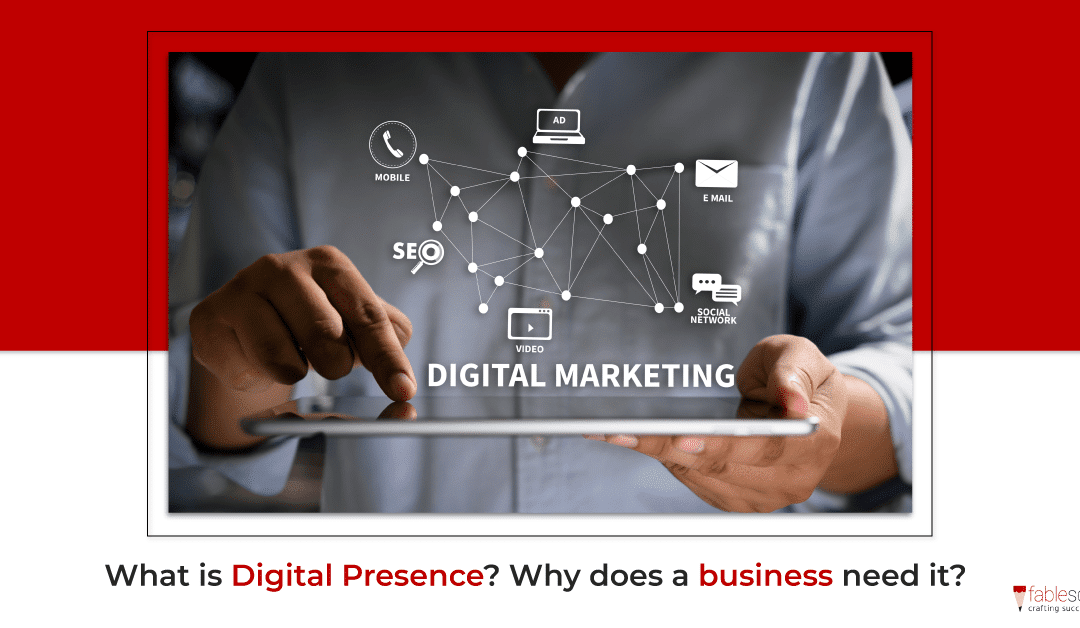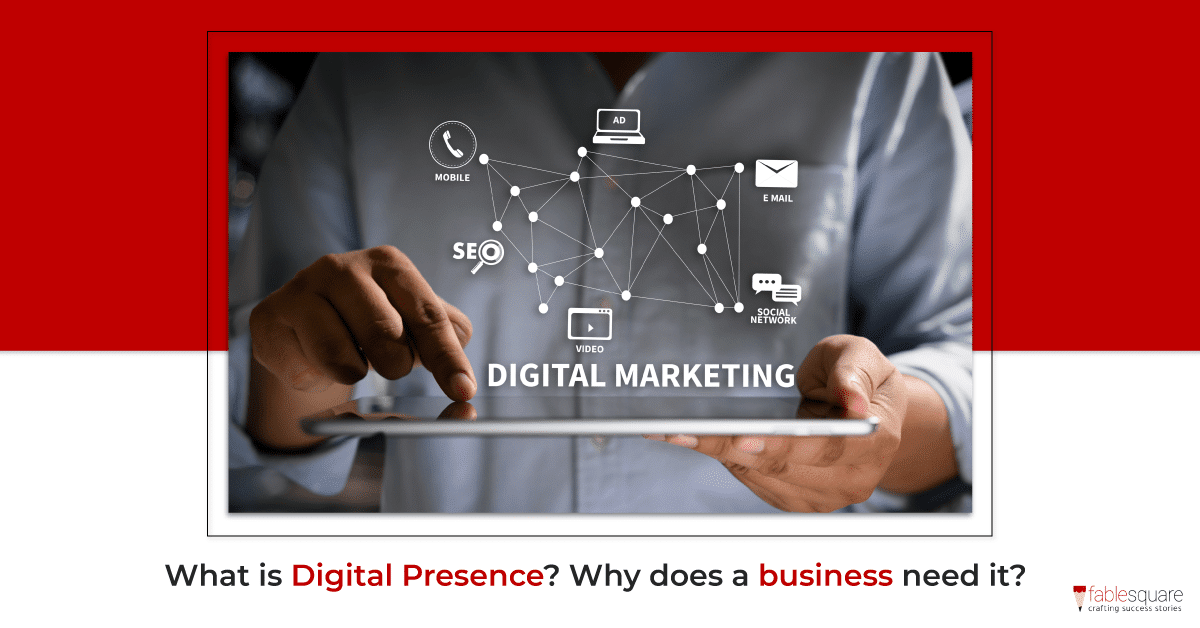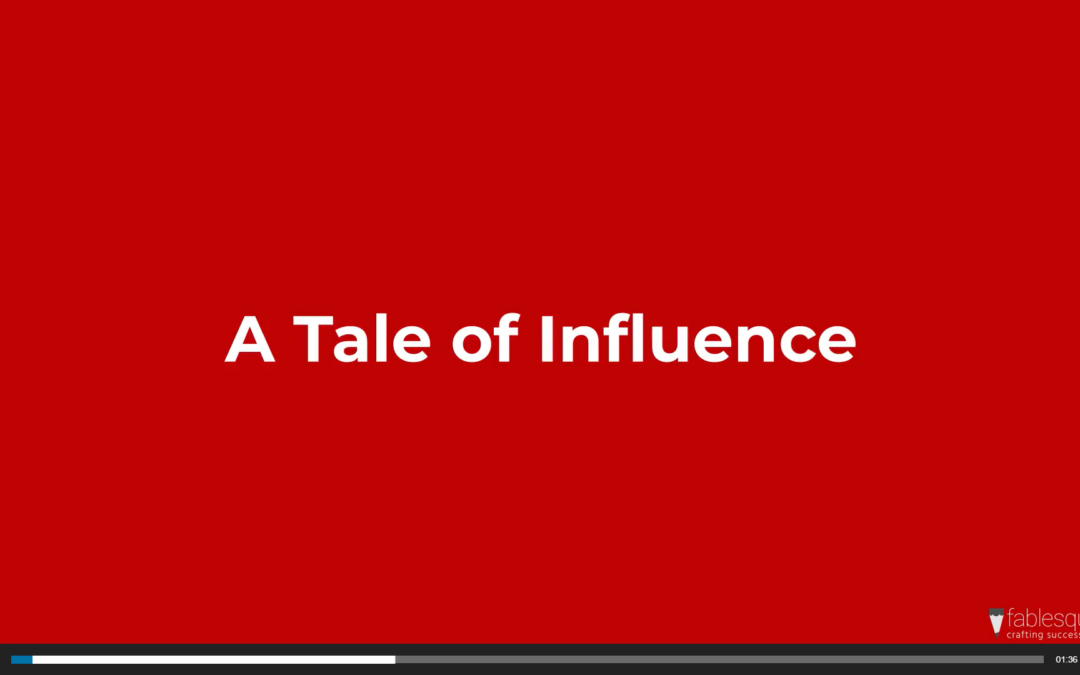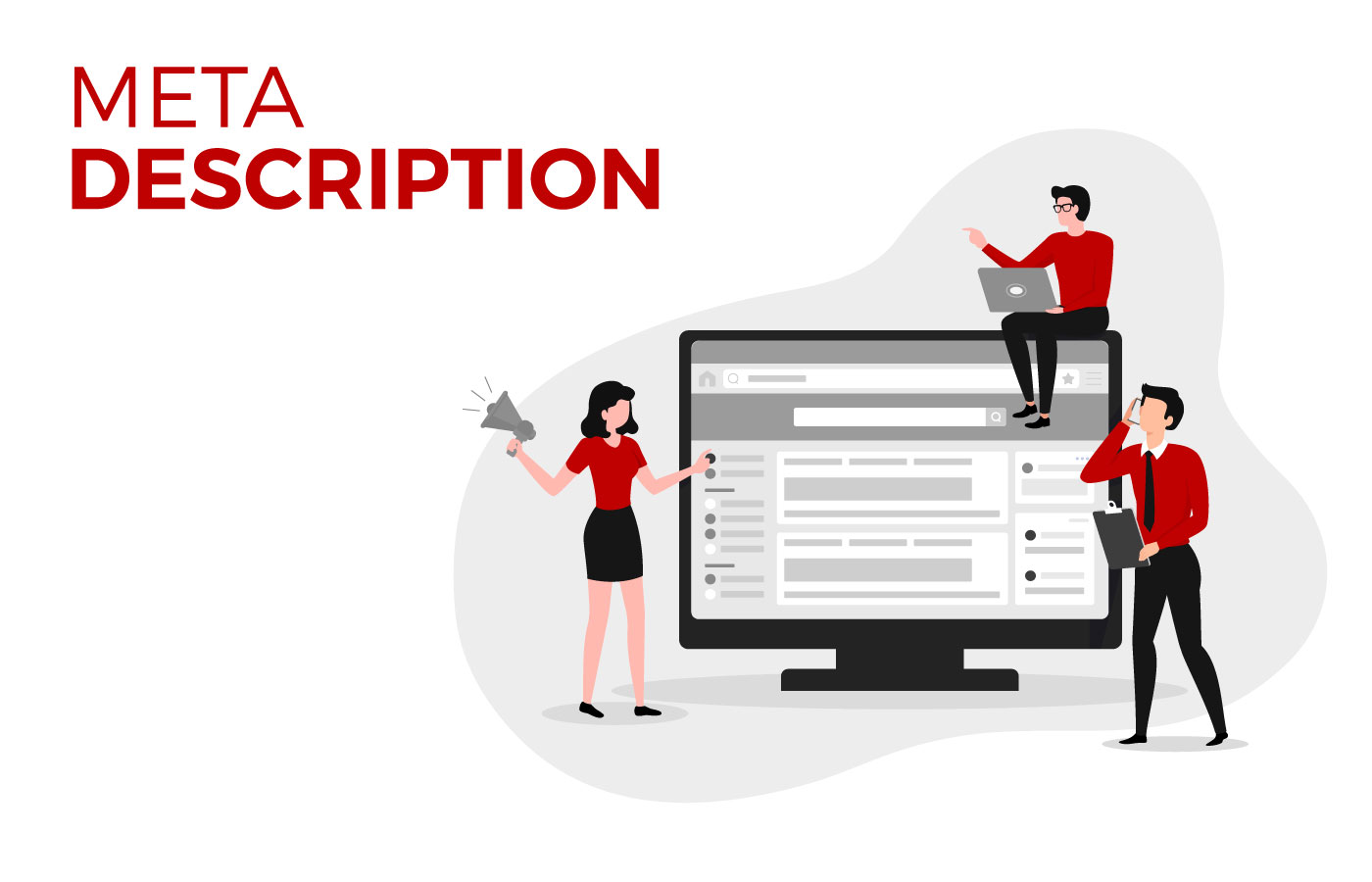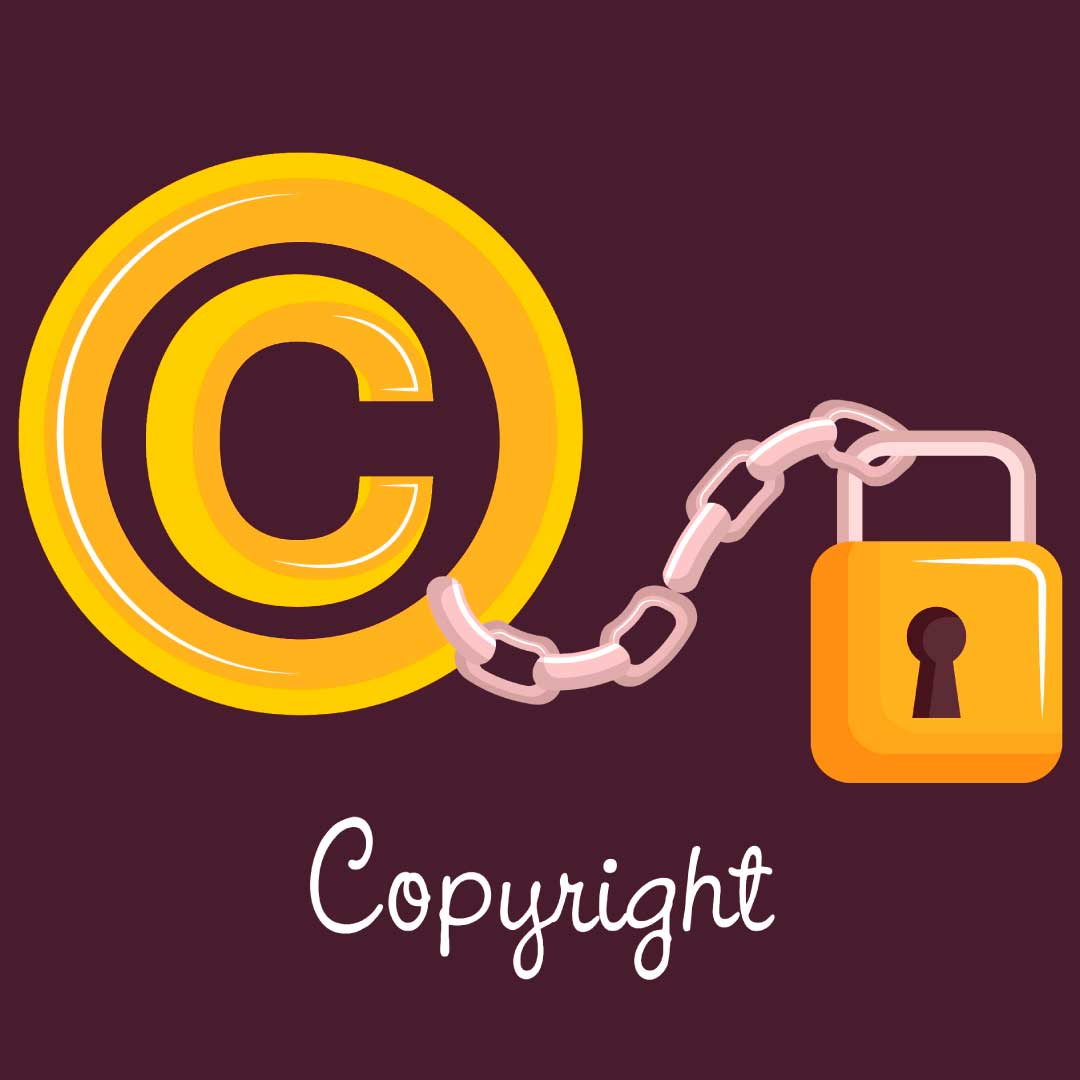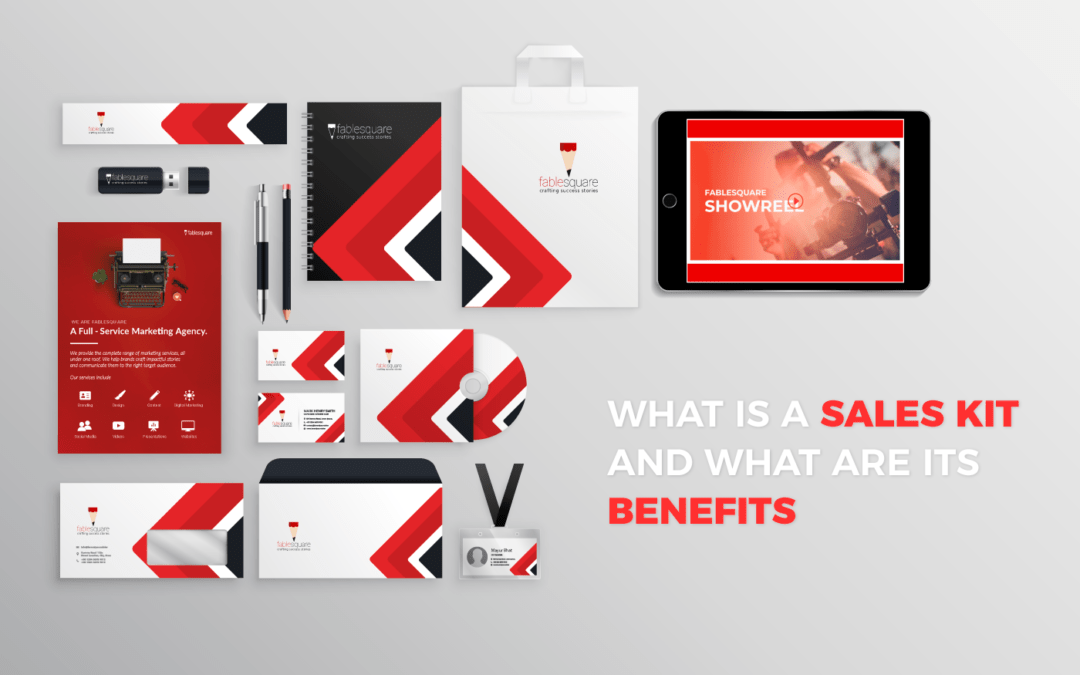
What is a Sales Kit and what are its benefits
I’m sure we’ve all seen a child who goes to school with a school bag. The child is expected to carry the bag, if she wasn’t carrying one, people might find it weird and ask the reason. The school bag contains textbooks, notebooks, pens, pencils, erasers and more; essentially, all the tools a child needs to do her job – learning in school.
Similarly, don’t you think a salesperson is expected to have a sales kit handy, to sell effectively? Simply put, a sales kit is a set of collaterals – about the company, product or service that will aid in the process of selling.
What is a sales kit? what does a good sales kit include?
A sales kit is an effective way to present a company’s product or service. Customized with any necessary images or graphics. These kits provide customers with an easy-to-understand overview of what your business can offer them. A successful sales kit has a style and design that is tailored to reflect the identity and goals of your business. Key components for creating a successful sales kit should include visual elements such as product photos, catalogues and brochures, as well as written material such as lists of features, FAQs, success stories from customers, and in-depth references. Having this type of comprehensive material helps make communication clearer while also showing that you are committed to giving customers anyone they need to make well-informed decisions.
Below listed are a few that we believe a sales kit should contain:
Customer Persona: It is as essential for your sales team to know the buyer persona as it is for the marketing team. The marketing team produces the content and collaterals and helps them with the sales journey.
Product Brochure: When you are in sales, you need to be equipped with as much information about your product and the industry. The more people you interact with, the more effectively you can handle the questions.
Demo Videos: A short video of 60 to 90 seconds that focuses on feature/benefit of the product with specific emphasis on use cases is valuable for prospect education. The emphasis here is on a relevant/relatable use case for the prospect, that is; not merely a feature/function demo of the product or service.
Email templates: In the current situation, everyone is aiming to go online. Emails are one of the best ways to reach out to your prospects – one-to-many or even one-to-one. A set of emails will help the salesperson to immediately send a mail without struggling to craft one when the need arises.
Company Overview: Presentation that introduces the company, its products, and the value proposition. The sales team can internalise by presenting it to as many people as possible.
Case study: B2B buying decisions are based on the perceived return-on-investment (ROI). The ideal ROI assessment is quantitative; it is easier to develop and defend it with a few case studies. Look at qualitative aspects — like lowering operational costs, increasing revenues, lowering customer churn, etc. So, use your customer interactions to refine and validate your ROI message.
Objection Handling: When a prospect presents a concern about the product/service, it is generally around the price, product fit, or competitors. The responses help in closing the sale, and it helps a salesman to learn to respond and the points that need to be made.
Proposal template: A well-crafted business proposal can make the difference between winning or losing a sale. It is essential to have a standout proposal, and most often, a good proposal takes time to create, adding to the stress of a salesperson. Having a template helps him or her to develop proposals in a fraction of time.
Three benefits of a good sales kit
- Helps induct new members of the sales team, quickly and effectively
- Professionally created sales kits improve the image and brand value of your company
- Improves the selling ability of your sales team
How can a sales kit help with my sales and marketing?
Having a sales kit can prove to be extremely helpful when it comes to sales and marketing. It will provide all the necessary info on a product, service or solution that you would want to present to potential customers. A sales kit can include product visuals, collaterals, competitive info, customer case studies and whatever other relevant information that helps support the value of your offering. All of this helps boost successful communication and convince customers of the worth of what you’re selling. People respond best when presented with the right kind of data, so having an organized sales toolkit is essential for engaging clients effectively.
Will a sales kit make a difference to my conversions?
Creating a sales kit with the right materials can be a great asset to any business. With the right combination of promotional brochures, catalogues, and other relevant materials, you can give customers an in-depth look at all of your offerings in one convenient package. Not only does this make it easy for consumers to access product information when needed, but it also reinforces their impression of your company as a reliable source for quality products. All in all, investing in a well-constructed sales kit could be a great way to improve conversions and expand your business’s reach.
How do I know if my current sales kit is effective?
If you are trying to assess the success of your sales kit and gauge its effectiveness, there are a few key metrics that can give you an idea of how your kit is faring. To begin with, consider the average conversion rate for leads generated from the sales materials. Follow up with a survey or assessment of customer satisfaction to see if those who interacted with your sales kit found it useful in their purchasing decision-making process. Finally, measure the rate at which customers use the product or service they purchased in conjunction with the distribution of your sales kit. These metrics can provide powerful insights into how your current sales kit is performing and will help ensure you create engaging content that resonates with consumers.
What do I do if my sales kit is not working?
If your sales kit is not giving the desired results, it’s important to look at the entire selling process and identify what might need evaluation or improvement. It could be that you need to rethink your target audience and hone in on a more specific demographic, adjust your messaging, use different marketing techniques such as content generation, or update the product itself. Taking stock of previous performance metrics can help you get started on outlining what action steps should come next and find areas where you can focus your attention. With thoughtful revisions and experimentation, you’ll be sure to see changes in customer engagement and conversions.
How can you help me create a good sales kit?
A well-designed sales kit can be a great tool when making an important sale. By working with us to create one, you can make sure that your product or service receives the right kind of attention and is presented professionally. With our experience in marketing and design, we are confident that we can help you create a sales kit that best reflects your company’s values and goals. We will work together to come up with the perfect combination of words and images so that your ideal customer is drawn in and ready to purchase. Let us partner together on creating a truly eye-catching sales kit for your business!
Sales kits are not a “nice to have” – they are essential in any sales process. A well-designed sales kit will make your job easier, increase conversions and close more deals. If you’re not sure where to start, or if your current sales kit lacks punch, we would be happy to help. Send us an email today and let’s chat about how we can turn your sales kit into a powerful marketing tool.

